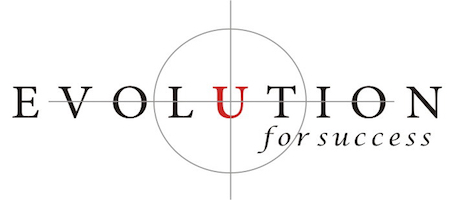How To Find a Great Coach? Start With This Question.

When I started coaching back in 1999, coaching wasn’t really that popular. People would ask me what I did for a living and I would say, “I’m a life coach with Tony Robbins” and about half of the time they would respond with, “so what do you coach? basketball, softball, football?”
Things have definitely changed in the last 20 years. It seems there are coaches everywhere; life coaches, health coaches, nutrition coaches, business coaches, real estate coaches, career coaches, sales coaches, marketing coaches, financial coaches and my wife and I even hired a “Baby Whisperer” coach when we needed some better strategies to help my baby girl to sleep through the night!
With all of the coaches looking for your business, sometimes it seems like car ads on TV. It can be hard to know who is a “great coach” versus a “not so great” coach. Who can a person trust when looking for help? After all, a person is not only putting their hard-earned money on the line, but more importantly, their mental & emotional health, thoughts, problems and the deep intimate details of their personal life!
With one question, you can find the best personal coach for you. The first time you talk to him or her, ask, “I want to hire you as my coach, when can we start?”
Their answer will tell you everything you need to know.
Let me explain. I am a Master Practitioner in the science of NLP, Time Line Therapy & Hypnosis. Those skills help people clear up deep emotional issues preventing them from success. Imagine a person coming to me and asking, “James, what’s a great book on NLP?” If I was a mediocre coach, I would jump to conclusions or infer what you wanted and would respond with, “The Structure of Magic”
As a “great coach” I would respond with, “What is your outcome for reading a book on NLP?” Once we figured that out, then I would respond based on your outcomes. For example, I might answer: “A great book on NLP & Sales is Persuasion Engineering. For the entire NLP Practitioner training, look for The User’s Manual for the Brain and for a great NLP motivational book reach for Awaken the Giant Within by Tony Robbins.”
A great coach will work to understand you, your goals and your needs FIRST. A great coach will not jump to a conclusion, hence the response, “What is your outcome for the book?”
When it comes to hiring an executive coach or a life coach, a “not so great” coach will enroll you right there on the spot and say, “Sure, I would love to work with you!” But, how do they know that they even have the skills and tools necessary to help you achieve your goals? They don’t even know if the goals and problems you have are within the scope of their coaching practice.
The best coaches will respond with a “Before we proceed, what are your outcomes for coaching?” They will also offer some complimentary time to take you through some sort of process to uncover your goals and obstacles preventing your success. For instance in my coaching practice, I offer a complimentary, 60-minute, “Success-Now” session* to take you through a 5-Step Coaching Process (next week’s post). During this call, we go through your goals, obstacles and success strategies.
“Great coaches” aren’t just looking for clients to fill their practice, they are looking for successful clients. They take the time to understand the prospective client’s goals and obstacles. They determine if they have the right skills, tools and strategies to help that client create the changes they want. And once they know they are the right fit for what the client needs, they move forward. This is what makes the difference between an average coach and a great coach.
Finding a great coach can be a simple, easy process. Look for a personal coach who will spend time upfront with you before ever asking for your business. If he or she can’t take the time now to look at what your goals are and the obstacles you are facing, keep walking. You may end up paying for a coach that can’t deliver the results you want.
*If you know of anyone needing help and support to overcome the obstacles holding them back from more success in life, they can set up a complimentary “Success-Now” at www.evolutionforsuccess.com.

 Is your business out of control? If you are a small business owner who feels like your business is running you, instead of you running your business, learn how to STOP the cycle. It’s all about your hat!
Is your business out of control? If you are a small business owner who feels like your business is running you, instead of you running your business, learn how to STOP the cycle. It’s all about your hat!
